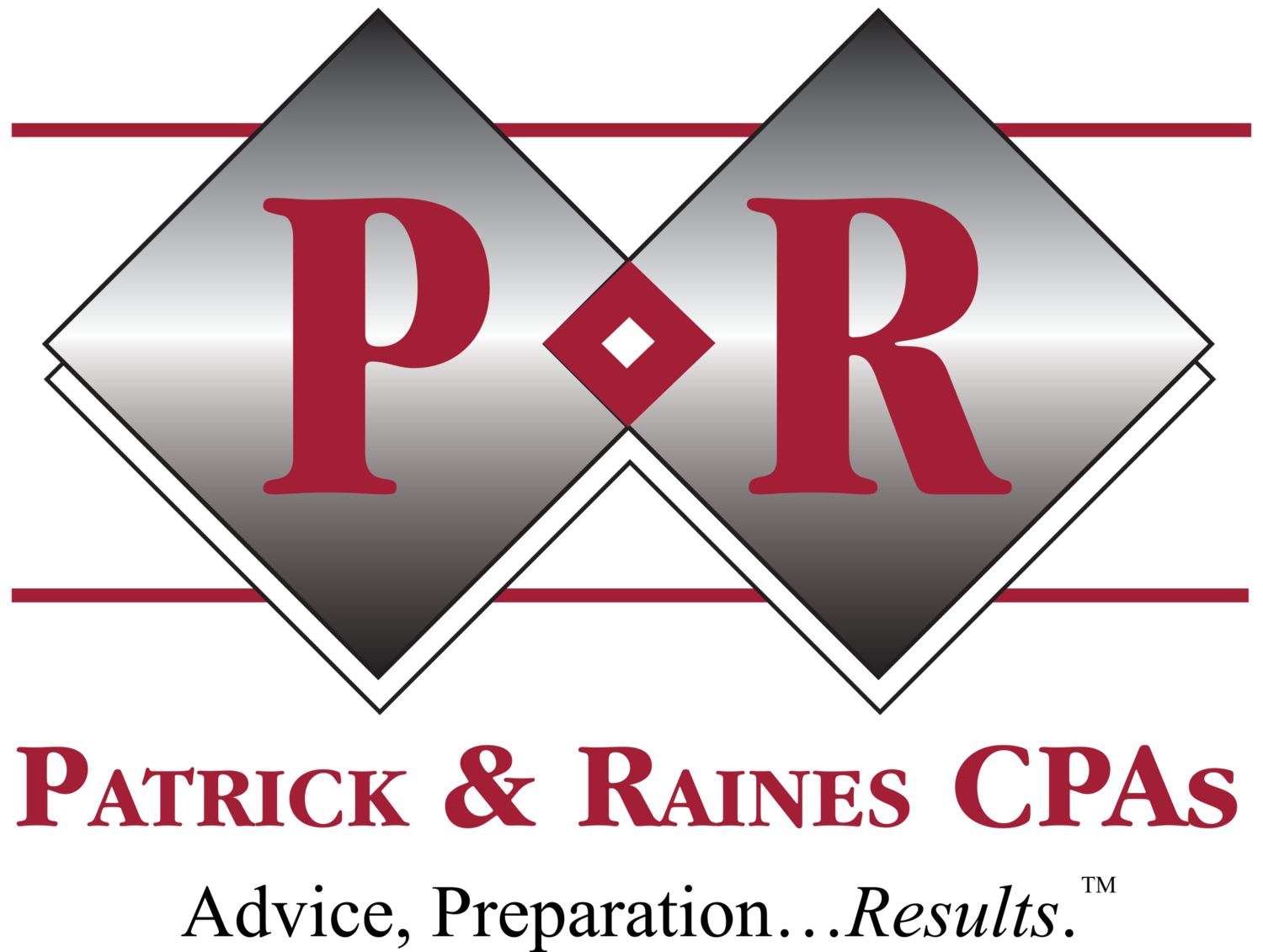Is it time to update your accounting practices?
If you ask some business owners why they do things a certain way, they might answer, “Because we’ve always done it that way.” But with all the changes that have taken place in the financial and accounting realm, doing things the way you’ve always done them could be costing your business in terms of lost efficiency and profits. Here are five considerations to help modernize your accounting processes and systems.
1. Automate payables
If you’re using traditional paper-based processes to manage accounts payable, you could be wasting time and money. Automation technology solutions can help you streamline the payables process. The result is greater efficiency, lower cost, more security and the ability to capture early payment discounts that may be available.
With most AP systems, invoices are scanned in and posted automatically to the system based on the purchase or invoice number. The person responsible for reviewing the invoice (for example, the payables clerk) makes sure everything matches and approves it for payment if it does. The invoice is then paid electronically based on the payment terms negotiated with the vendor.
2. Accelerate monthly accounting tasks
There’s no reason to wait until month end to reconcile bank accounts. Daily reconciliation provides several benefits, such as catching payments in transit that have been cashed but not recorded. It also can help speed up monthly closings by eliminating the reconciliation “crush” at month end. Consider purchasing software that can read bank records daily, automatically match outstanding checks that have cleared and update the payables check file.
In addition, you don’t have to wait for standard monthly entries that remain the same, such as depreciation, prepaid expenses, and property tax or insurance accruals. Integrated software can shorten the monthly closing lag by feeding subsystems (such as accounts payable) into the general ledger. Starting your month-end closing process sooner puts less pressure on your accounting staff and improves the accuracy and timeliness of your financial statements.
3. Use corporate purchase cards
Corporate purchase cards (or p-cards) can be issued to at least one employee in each department to cover small items — say, those under $100 — as well as travel and entertainment expenses. This enables accounting to make a single payment for multiple small items, instead of processing a lot of small-dollar checks. As an added benefit, most p-cards offer points and cash-back rewards that can be used to pay expenses.
4. Go paperless
Many businesses have largely converted their paper processes to digital to help lower expenses, increase efficiency, meet compliance regulations and be more eco-friendly. Using an electronic document management system could save up to 50% of physical and digital storage space and up to 40% on document handling. It could also reduce the time needed to create and modify documents by up to 90%, according to Gartner, Inc., a research and advisory firm.
While it might not be possible to completely eliminate paper, plenty of documents can be digitized. These include contracts, invoices, payables, payroll documents and employee records. Several off-the-shelf document management solutions are available to help you convert from paper to digital.
5. Optimize your accounting software
In today’s volatile marketplace, it’s more important than ever to leverage your accounting software to stay solvent, compliant and competitive. Evaluate whether you’re making the most out of your current accounting system or whether it’s time to switch to a new system. As a business grows, it tends to need more advanced functionality.
Start by making a list of the types of activities and reporting you require. Next, match those needs against software features — from billing to job-cost tracking and payroll to inventory control. Another priority to consider is remote access. These days, mobile access to your accounting system allows team members to see real-time project data from anywhere.
In addition, for seamless information sharing, your accounting solution should integrate with other software and platforms. For example, your accounting software should support various forms of timecard entry and project management software. Your system also should integrate with third-party payroll platforms so it can import information in a timely manner with minimal manual input.
Ready to update?
Just because you’ve always done things a certain way doesn’t mean it’s the best way. Talk with your management team about which accounting processes and systems might be due for a makeover. We can also do a complete assessment on the effectiveness of your accounting system and how you’re using it. Contact Patrick & Raines, CPAs for more information at 904-396-5400 or email us at Office@CPAsite.com
© 2023


